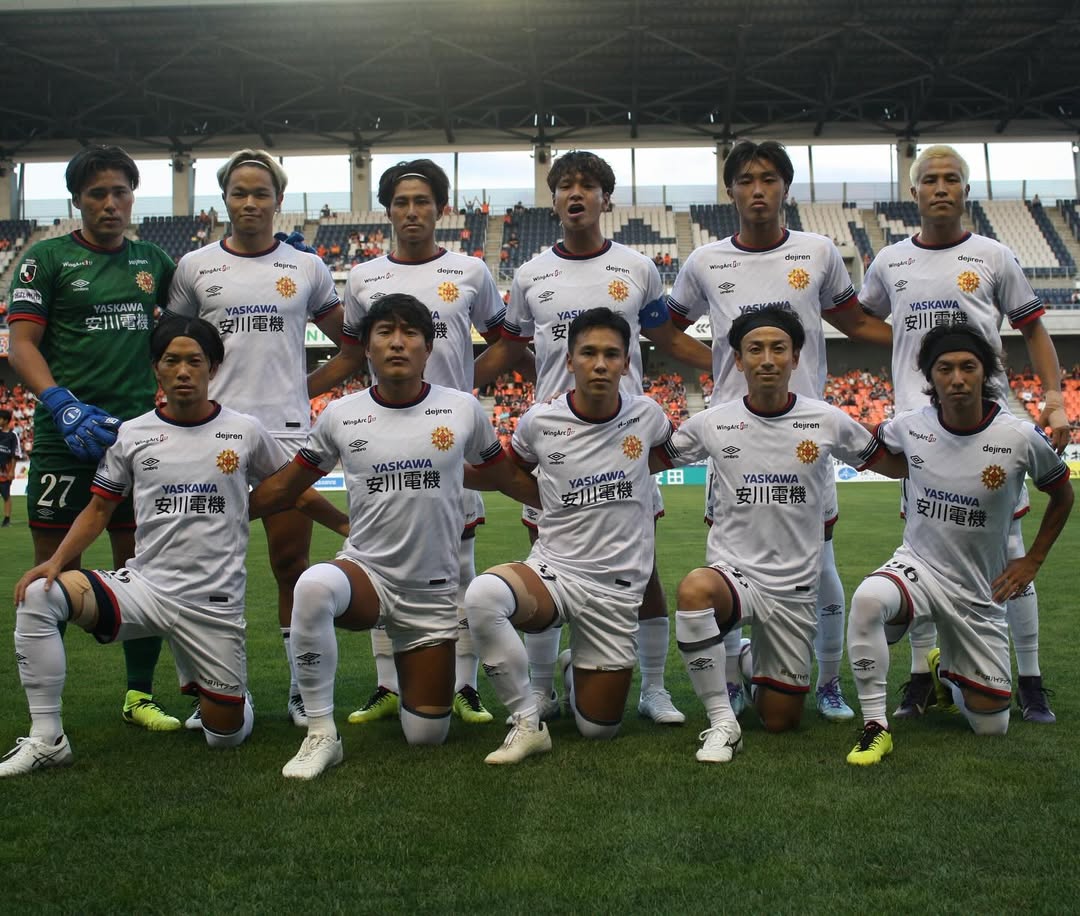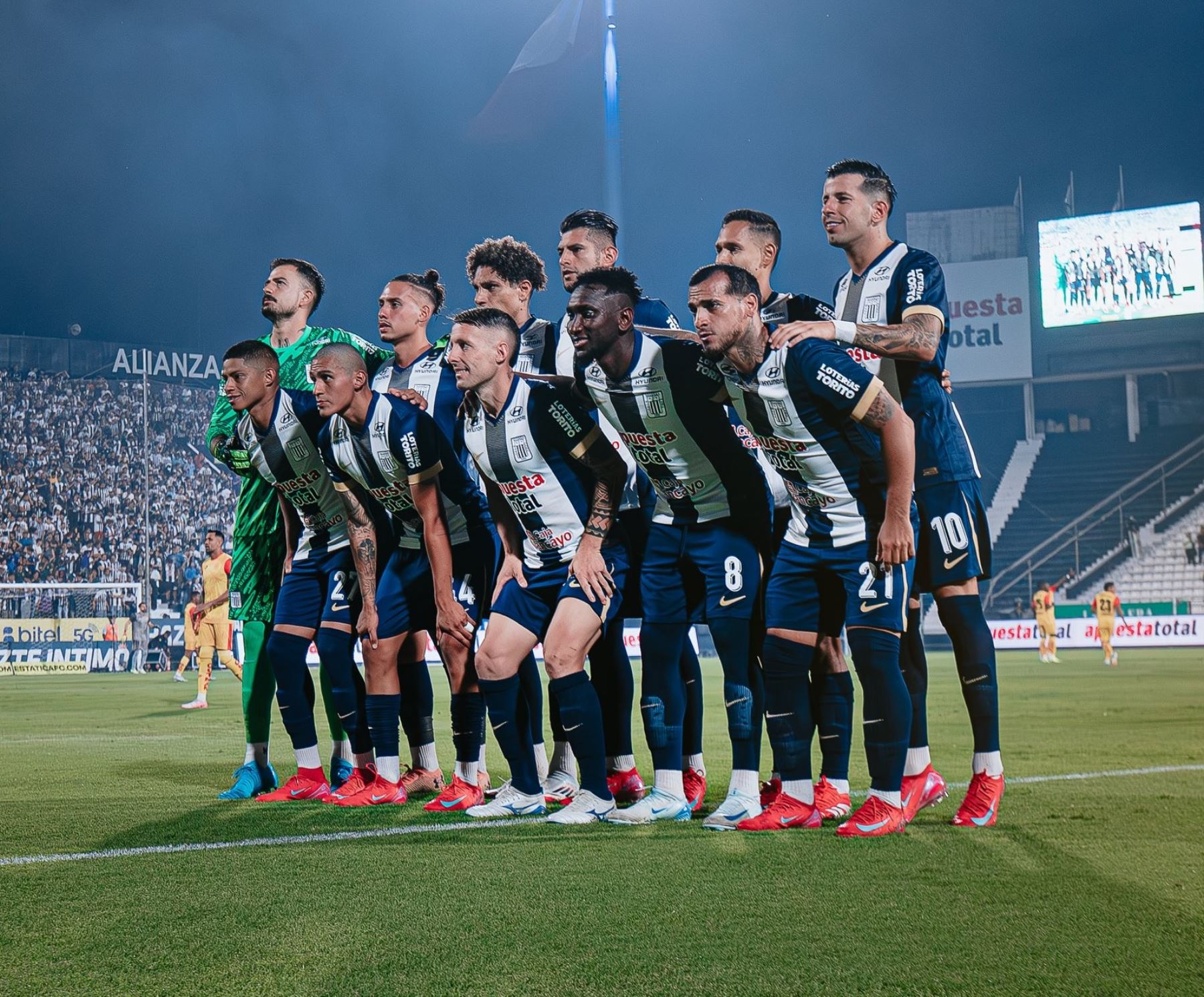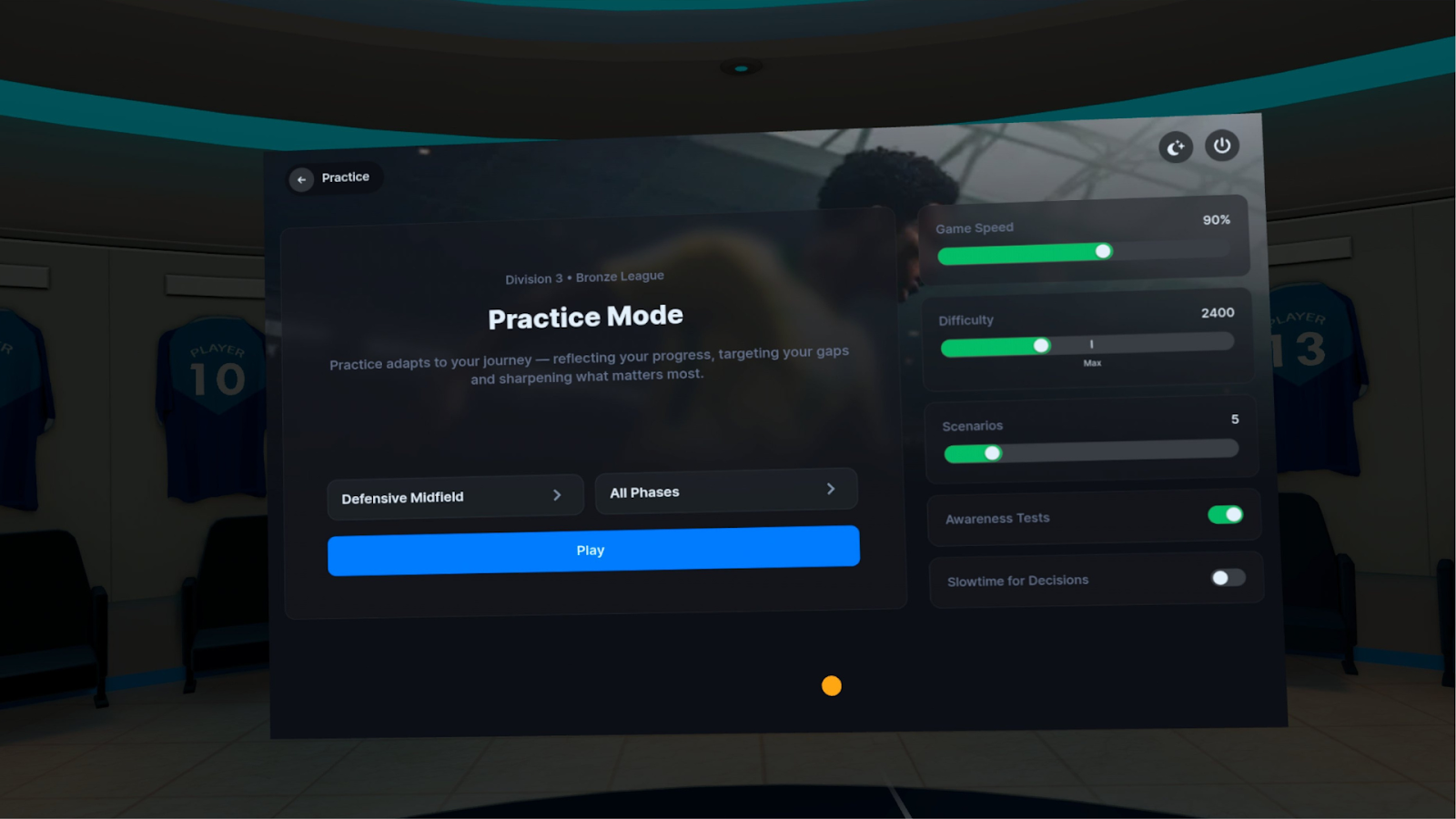Whether you're a seasoned player or just starting playing, understanding the nuances of defensive positioning is essential in soccer.
In the modern game, teams use a variety of systems in different phases of play. Therefore, it is no longer enough for a defender to only defend and an attacker to only attack. Attacking players are often a team's first line of defense, whilst defenders can be the first line of attack.
Teams can use defensive tactics as a means to attack and vice versa - use attacking tactics as the best form of defense. As a result, all members of a team must understand the role they play in any formation. An understanding of defensive positioning is therefore a knowledge all players must develop.
In this guide, we'll provide insights into various aspects of defensive positioning in soccer. Including the importance, key skills required, individual defensive roles and training tips.
Importance of Defensive Positioning
Defensive positioning isn't just about preventing goals; it's about anticipating the opposing team and controlling the game. Soccer teams can control games with and without the ball.
Controlling the game without the ball was a strategy used at the FIFA 2022 World Cup to great effect. All four semi-finalists won their quarter-final matches with less than (or equal to) possession of their opponent.
Teams that base their play on counter-attacking generally set up to be defensively solid and compact. They aim to draw opponents up the pitch, before attacking the space behind the opposition's defense following a turnover.
At the other end of the spectrum, teams such as Manchester City under Pep Guardiola aim to control games with the ball. Although, this tactical approach is as much about defending as it is attacking. Or as Guardiola puts it: "The objective is to give nothing to the opposition. No shot, no chance, nothing."
Any soccer tactics or system require high levels of defensive understanding.
Key Defensive Skills
Communication and Coordination
Effective communication and coordination in a soccer team is pivotal.
Teammates need to constantly communicate with each other. Central defenders are often key communicators, as they have the vantage point of seeing what's ahead of them. Various types of information and instructions need communicating throughout a game.
Calling out an opponents movements. Ensuring teammates are covering for each other. Maintaining an organized defensive line. All vital pieces of information that can help reduce the opposition's scoring opportunities.
Communication goes hand-in-hand with coordination. A defensive system which works in unison will be more effective. If a team wants to maintain compactness out of possession, limiting space between their defensive unit is key. To achieve this, defensive players and central midfielders, for example, will need to coordinate with each other.
Maintaining Shape
Maintaining a strong defensive shape is crucial. This involves positioning players to cover the field efficiently, denying spaces for opponents to exploit.
Teams often try to prioritize blocking the middle of the field using a compact defensive formation. Ensuring both vertical and horizontal compactness. Meaning there is limited space between a team's defensive and offensive lines.
The ultimate objective is to restrict access to your penalty area to stop opposing teams from scoring. Teams may allow the opposition more space in wider areas as a consequence. This risk factor can reduce with the defensive unit collectively shifting to the side of the field the ball is on.
Marking and Pressing
Marking and pressing intend to disrupt opponents' attacking play.
Man-marking makes it difficult for opponents to receive the ball unopposed. The coach will assign players specific opponents to cover. An alternate defensive strategy is zonal marking which prioritizes controlling spaces rather than matching the opposition player for player.
Pressing aims to reduce time and space for the opponent. Coordinated pressing schemes allow teams to apply pressure collectively, leading to turnovers and quick attacking transitions.
Anticipating Actions

Anticipation is a valuable attribute in defensive soccer. Reading the game and predicting opponents' actions helps players intercept passes, block shots, and prevent attacks.
This skillset allows for proactive defensive actions and can help limit the opposition opportunities in scoring goals.
Individual Defensive Roles
An effective defense relies on a number of different players working together to stop the opposing team from scoring. Individual defensive roles will vary from system to system, but the most typical include:
- Center-Backs: the backbone of the defense. They need to be strong in the air, adept at tackling, and possess excellent positional awareness. Their role involves organizing the defensive line, intercepting passes, and neutralizing aerial threats.
- Full-Backs: play both defensive and offensive roles. They must defend against wingers and support attacks by overlapping or underlapping. Speed, tackling ability, and crossing are crucial attributes for fullbacks.
- Defensive Midfielders: act as shields for the defense. They disrupt opponents' play, regain possession, and distribute the ball to initiate attacks. Their positioning and ability to read the game are vital for intercepting passes and team balance.
- Wing-Backs: provide the width in formations that use a back three, such as 3-5-2, 3-4-3 and 3-4-1-2. When defending, wing-backs drop back either side of the three centre-backs to form a back five. When attacking, they move into the midfield line or even further forward to provide their team’s attacking width.
Drills and Training Tips

To improve defensive positioning, specific drills and training routines are invaluable. Examples include:
- Shadow Play: Mimicking opponents' movements helps defenders anticipate and react accordingly.
- Small-Sided Games: Encourage decision-making and quick reactions in confined spaces.
- Positional Awareness Exercises: Focus on maintaining shape and covering spaces effectively.
- Video Analysis: Reviewing game footage helps in understanding mistakes and learning from them.
Be Your Best

Another way players can improve their defensive positioning is by training with Be Your Best.
Be Your Best is football training in virtual reality (VR) used by professional players and clubs across the world. One player who trained with Be Your Best to improve his defensive positioning was Real Madrid star Aurelien Tchouameni.
This season (23/24), the French international used Be Your Best to prepare for a game against Osasuna. Tchouameni, typically a central midfielder, used VR to practice playing as a center back days before the fixture.
Tchouameni says that VR helps him to develop his spatial awareness, anticipation, and reaction time. He also added, that training in VR makes it more fun and engaging. He believes that VR gives him an edge over his rivals, as he can prepare for any situation that might occur on the pitch.
So that concludes our guide to defensive positioning in soccer. We hope we've improved your knowledge into this side of the game.





